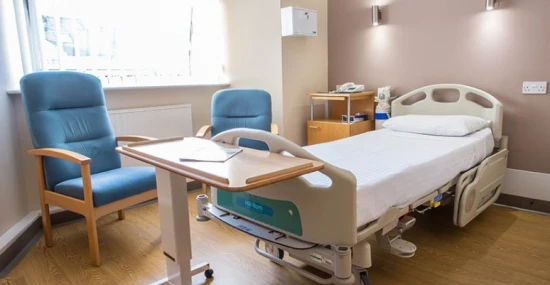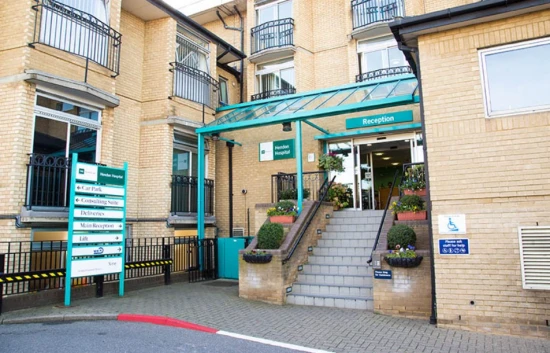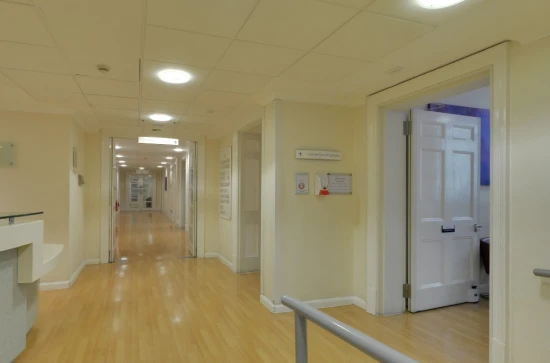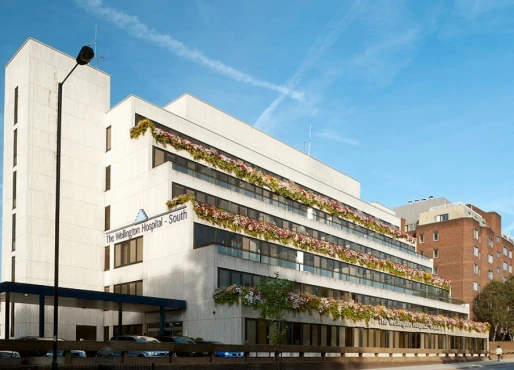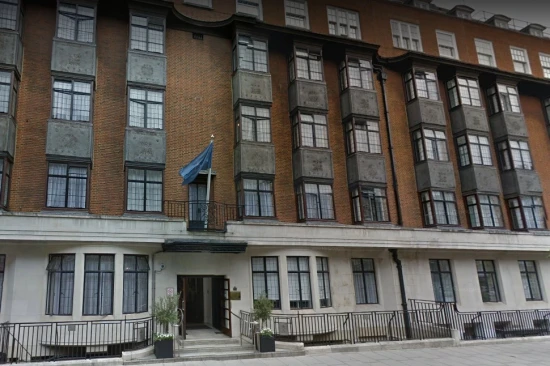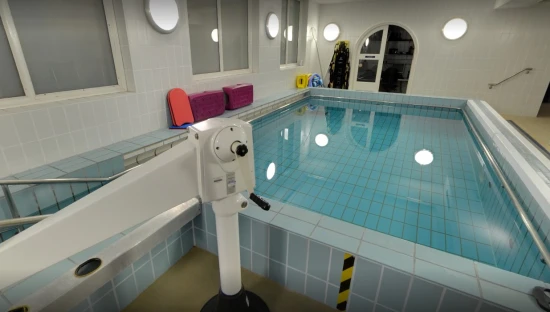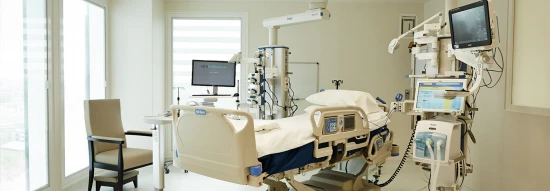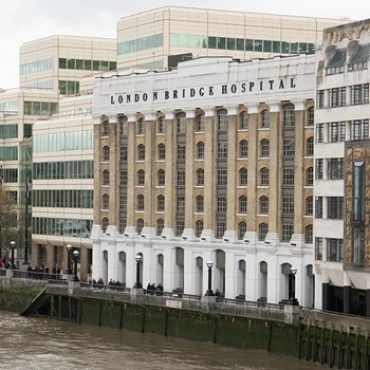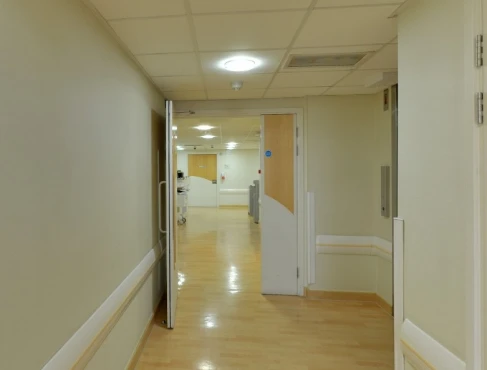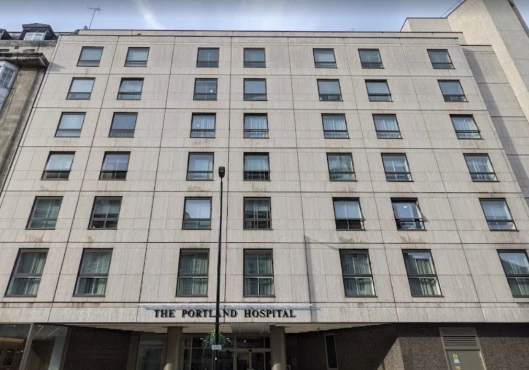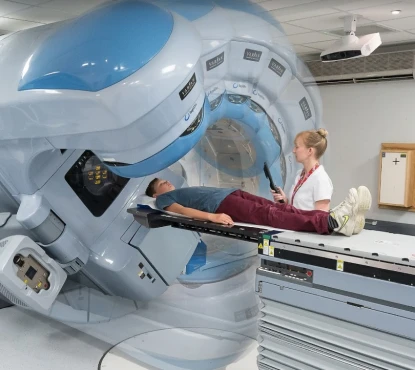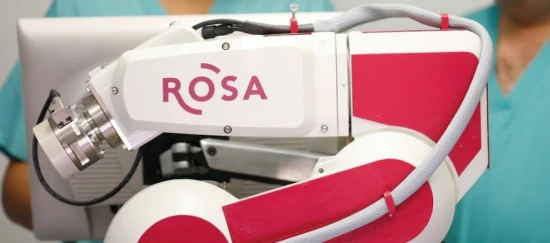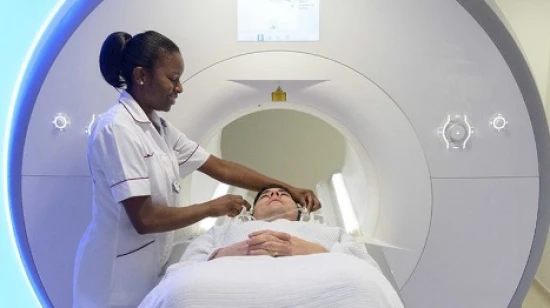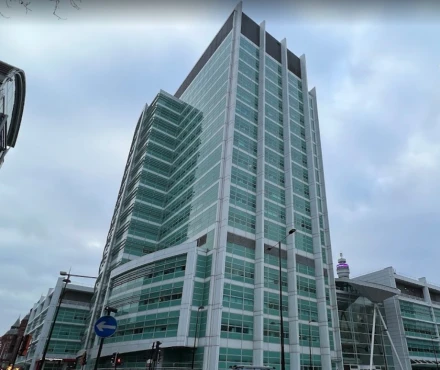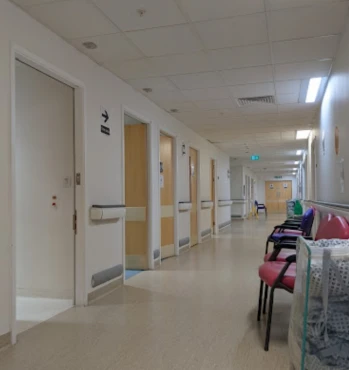Laminectomy is a surgical procedure performed to relieve pressure on the spinal cord or nerves by removing part or all of the lamina, a section of bone in the spine. It is often used to treat conditions like spinal stenosis or herniated discs, which can cause pain, weakness, or numbness. Recovery typically involves physical therapy to restore mobility and strength.
Laminectomy procedure, Uterine fibroids disease treatment in 11 Oncology, Spine surgery, and Vascular surgery clinics in London
11 clinics specializing in Oncology, Spine surgery, and Vascular surgery providing
Laminectomy
Laminectomy is a surgical procedure performed to relieve pressure on the spinal cord or nerve roots. It involves removing a portion of the lamina, the bony arch covering the spinal canal, to alleviate symptoms caused by spinal stenosis or herniated discs
Read more...
procedure, treatment of
Uterine fibroids
Uterine fibroids are non-cancerous growths that develop in the uterus. They can cause pelvic pain, heavy menstrual bleeding, and reproductive issues. Treatment options include medication, non-invasive procedures, or surgery, depending on the fibroids' size and symptoms.
Read more...
disease in London.



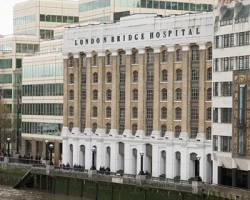
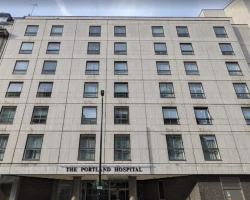
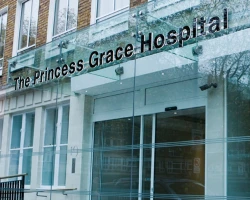


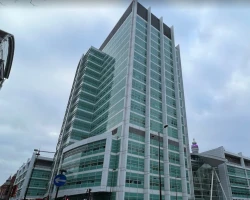
Procedure price distribution in London
Laminectomy:
Procedure prices in popular countries:
Laminectomy:
Countries with the highest number of clinics offering the procedures treatment:
Laminectomy:
Clinics grouping by rating
Clinic with the highest rating of 4.6 — BMI Bishops Wood Hospital in London, United Kingdom, clinic with the most reviews number of 1065 — University College Hospital in London, United Kingdom.
With rating from 3.0 to 3.9 — 6 clinics.
With rating 4.0 and over — 5 clinics .
Countries with the highest number of clinics treating the diseases:
Uterine fibroids:
Related procedures:
Uterine Fibroids: Overview
Uterine fibroids are non-cancerous growths that develop in the uterus and are often composed of muscle and fibrous tissue. Symptoms can include heavy menstrual bleeding, pelvic pain, and frequent urination, though some women may have no symptoms. Treatment options vary and can include medications to manage symptoms, hormone therapy, or surgical procedures such as myomectomy or hysterectomy to remove the fibroids.
- Alejandro Santos, M.D.

